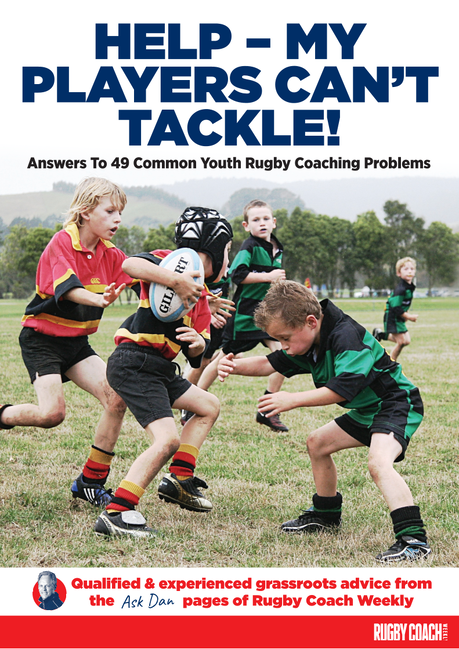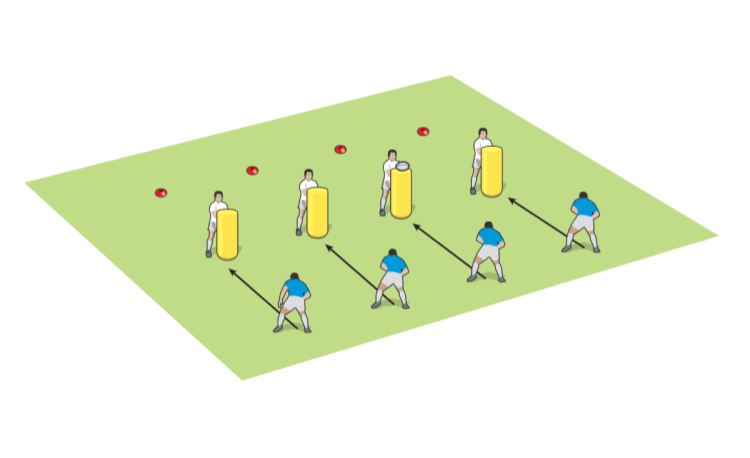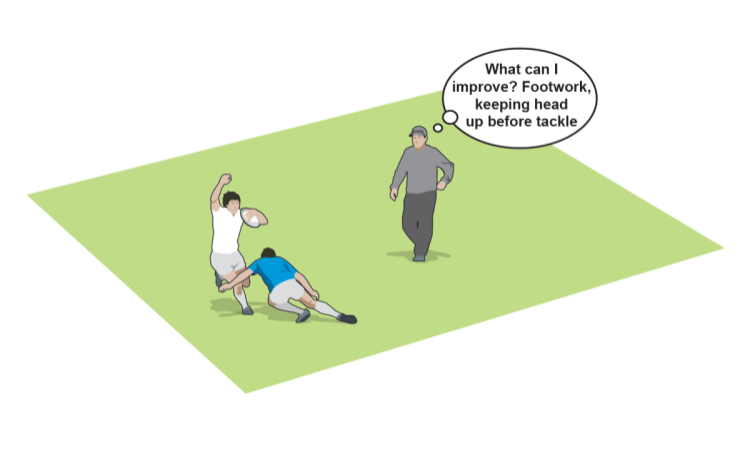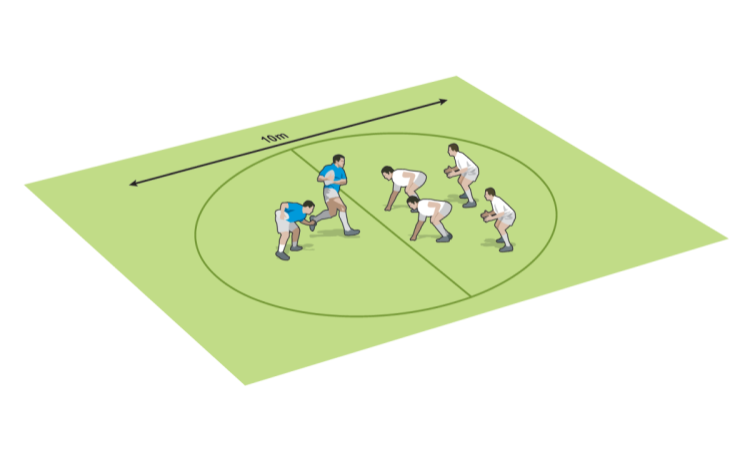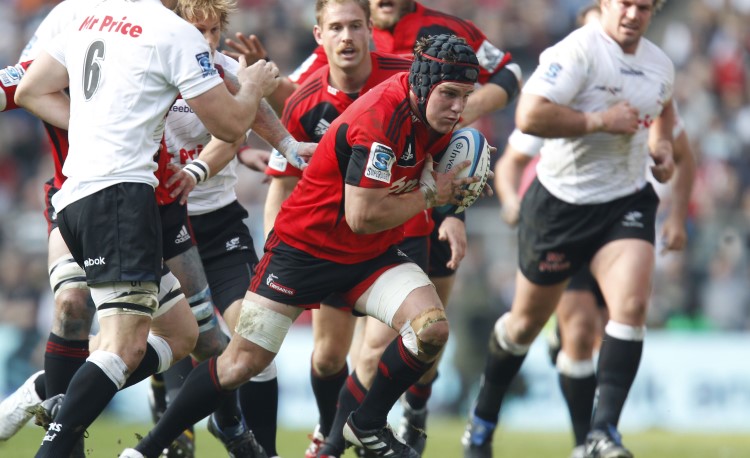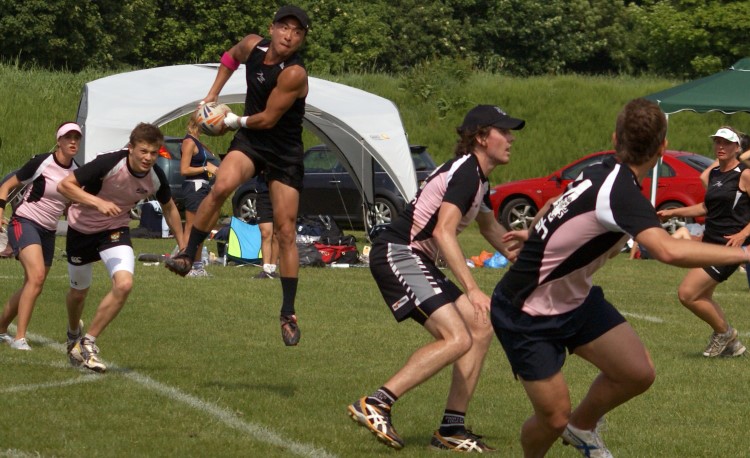You are viewing
1 of your 2 free articles
Your three-week tackle tonic
Tacklingby Dan Cottrell
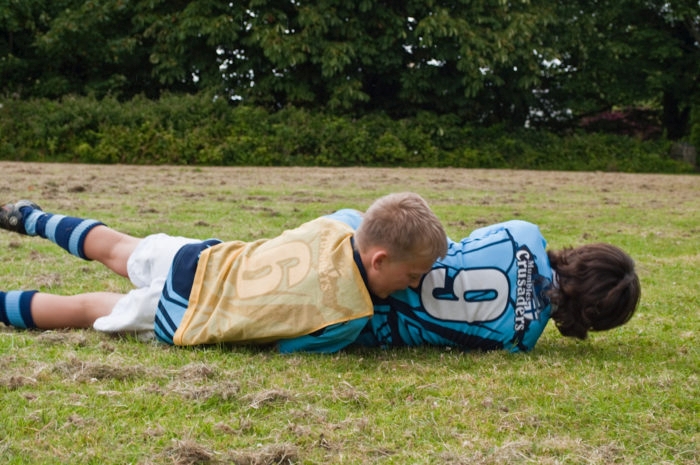
You’re deep into the season and your team’s tackling is looking ragged. How do you reinvigorate the players? It’s time to initiate a programme of exercises to bring your defence back up to speed…
Yes, it can be done – developing technical theory into attack halting habits, and turning your young tacklers into stoppers.
After the tackle introduction, from knees to crouching to jogging, players need opportunities to turn theory into game practice. Click HERE to remind yourself of good tackle technique.
Start by asking the squad to reiterate the key factors of the tackle, and remember to praise good technique. And use whole-part-whole approaches where appropriate – this is a coaching method where a fuller exercise is stopped to focus on a particular aspect, before you return to the main exercise. So, you might return to the theory from knees upwards, or in later weeks return to a previous week’s training game.
Fitting it into training
Spend 15 minutes each week on the following programme. Play the game, and then break out into short skills exercises if you need to reiterate a point, before returning to the game. It should be done after a warm-up, with players wearing their normal match rig (such as gum-shields or padding).
WEEK 1 – THE GAME
The focus is on making tackles in games. So play a normal game but stick to walking pace only. Penalise anything faster than walking. Using slower-moving players removes possible fear factors, and provides plenty of time for players to concentrate on making tackles. Poor technique won’t put attackers on the ground and this is highlighted at low speeds.
WEEK 2 – UP THE PACE
Now the focus is on tackles at normal pace. Play your normal game but award a point for each tackle to the ground. This may mean a team will score more points by tackling than their opponents do by scoring a try.
WEEK 3 – STOP THE ATTACK
The final focus is on stopping attacks. Play the second week’s game but this time also award points to the attackers for offloading in the tackle. Strong tackles prevent offloads and thus doubly reward the defenders by depriving attackers of points. In addition, play turnovers after six consecutive tackles without opponents scoring – further rewarding good defence.
Consider other ways to promote good practice through these games. Such as extra points for when a tackler lands on the attacker, or gets to his feet quickly.

Premium Books
Newsletter Sign Up
Coaches Testimonials

Gerald Kearney, Downtown Las Vegas Soccer Club

Paul Butler, Florida, USA

Rick Shields, Springboro, USA

Tony Green, Pierrefonds Titans, Quebec, Canada
Subscribe Today
Be a more effective, more successful rugby coach
In a recent survey 89% of subscribers said Rugby Coach Weekly makes them more confident, 91% said Rugby Coach Weekly makes them a more effective coach and 93% said Rugby Coach Weekly makes them more inspired.
Get Weekly Inspiration
All the latest techniques and approaches
Rugby Coach Weekly offers proven and easy to use rugby drills, coaching sessions, practice plans, small-sided games, warm-ups, training tips and advice.
We've been at the cutting edge of rugby coaching since we launched in 2005, creating resources for the grassroots youth coach, following best practice from around the world and insights from the professional game.
More from us
© 2023 Rugby Coach Weekly
Part of Green Star Media Ltd. Company number: 3008779
We use cookies so we can provide you with the best online experience. By continuing to browse this site you are agreeing to our use of cookies. Click on the banner to find out more.




